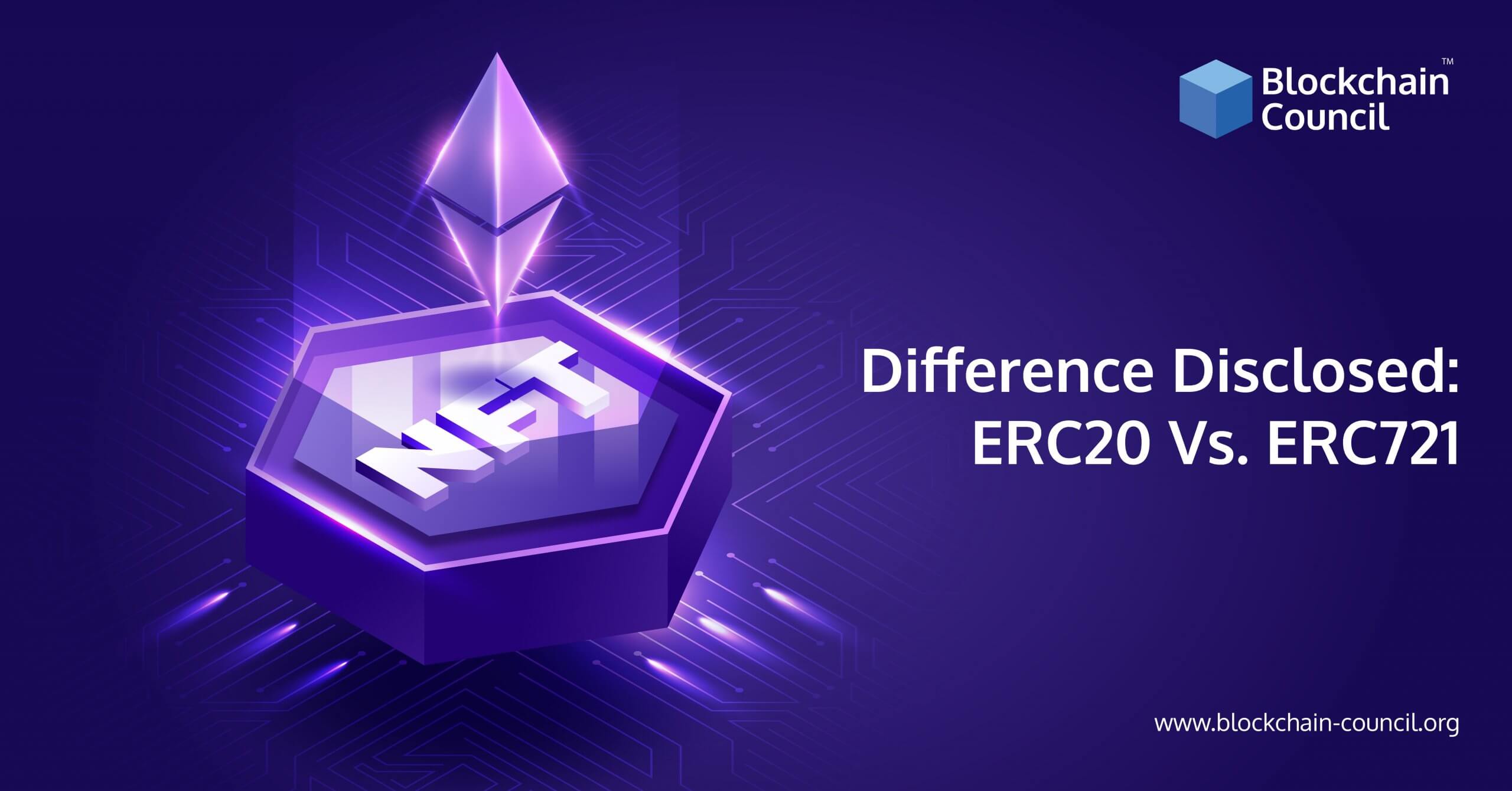
- Avinandan Banerjee
- November 21, 2022
Ethereum tokens gained popularity in 2016 and 2017 as Initial Coin Offerings or ICOs began to use them to represent ownership or value. However, the main aim of deploying Ethereum tokens was to represent in-game assets in 2017, such as in the popular game CryptoKitties.
One of the most prominent aspects of tokens is their trading potentiality. For example, if you purchase a token, you would definitely try to trade it for another valuable token or probably for Ether. Therefore, the standardization of tokens is crucial, which is why Ethereum Request for Comments (ERC) was created. ERC is an open and public mechanism inspired by the well-known internet Request For Comments (RFCs). RFCs allow anyone to create and comment on recommendations for defining Ethereum smart contracts and tokens. This is distinct from Ethereum Improvement Proposals (EIPs) -focused on the Ethereum protocol.
ERC20 and ERC721 are two of the most widely used ERC token specifications. They are used to symbolize fungible and non-fungible assets, respectively. This article will look at the structure of ERC20 and ERC721 tokens and discuss the differentiating factors of ERC20 vs ERC721 tokens, including how they work.
Fungible and Non-Fungible Tokens: An Overview
Understanding fungible and non-fungible tokens may be aided by familiarity with the idea of fungibility in economics. The sole distinction is that crypto tokens convey their fungibility via a coding script.
- Assets or tokens that are fungible are non-unique and divisible. For example, Dollar, which is a fiat currency, is fungible. Bitcoin is another example of a fungible token, but in cryptocurrency, where 1 BTC is worth 1BTC regardless of where it is issued.
- On the other hand, the tokens that cannot be divided and are one-of-a-kind symbolize non-fungible tokens. Consider these tokens as a form of deed or title of possession to a unique, non-replicable item. For example, a domain name is a non-fungible asset because there cannot be another domain name of the same sort due to its unique aspects. Thus, non-fungible tokens represent a single, unique and indivisible entity, whether physical or immaterial, such as intellectual property or photograph.
- The core technology that can easily verify and validate an intangible digital object’s proprietorship details is perhaps blockchain technology. The critical distinction between fungible and non-fungible assets is the information they contain. Non-fungible tokens store data, such as an academic title or an artwork—however, fungible tokens, such as Bitcoin, store value.
Ethereum Crypto Realm Assets
Classification of assets in the Ethereum crypto realm also includes fungible and non-fungible assets.
- ERC20 tokens represent fungible assets. For example, these tokens represent project ownership, service vouchers, staking tokens, or governance tokens. In contrast, ERC721 tokens represent non-fungible assets. Presently, the sole prominent application of ERC721 tokens is in-game assets. For example, CryptoKitties is a game where you collect and breed virtual or digital kitties. A unique ERC721 token represents these kitties in the game. In addition, it is practically possible to use ERC721 tokens in future tokenization of real-world assets such as your home.
- The Ethereum blockchain does not distinguish between ERC20 and ERC721 tokens. Instead, tokens are just variables established in smart contracts on Ethereum and considering them as a ‘coin within a coin’ is not at all surprising.
Therefore, before delving into the ERC20 and ERC721 standards, it is essential to realize that tokens are stored in smart contracts, which are stored on the Ethereum blockchain. Furthermore, the coding of smart contracts is manual, and assigning every variable with a specific meaning during scripting is the focus criteria.
So far, we’ve discussed the ERC20 and ERC721 standards at a general level, but in the following parts, we’ll delve into these standards and discover how they function.
Understanding ERC20
Fabian Vogelstellar developed ERC20 in 2015. The prime mission of ERC20 is to make a uniform Application Programming Interface (API) for tokens within smart contracts achievable. Thus, ERC20 acts as a standard set of rules for the Ethereum blockchain. It follows a series of regulations for fresh tokens to be swapped, moved, or shared to a cryptocurrency wallet.
Furthermore, ERC20 describes the API of smart contracts rather than their implementation. As a result, you have functions referred to as code groups when you have a smart contract. The interface explains what a smart contracts’ function should be beforehand. Then there is the implementation which happens at the back end. The actual code for these routines is visible here.
Following are the ERC20 token standards:
- Token Name
- Decimal (up to 18)
- Symbol
- Transfer
- Balance of
- Total supply
- Transfer From
- Approve
- Allowance
The standards: Token name, decimal, and symbol, are optional, while the remaining standards are essential. For example, a “transfer” function is vital for an ERC20 token, which is where the need for the “transfer and transfer from” function arises. The token owner, recognized by their Ethereum address, can transfer tokens to another Ethereum address using the transfer function. The “transfer from” function is used with a third-party Ethereum address to transfer tokens on behalf of the owner.
Understanding ERC721
CryptoKitties, a popular game, implemented the ERC721 standard in late 2017. As previously said, participants in this game gather virtual kittens, which are each represented by an ERC721 token.
But then, what is the difference between ERC20 tokens and others? An ERC721 token represents a class of assets, whereas an ERC20 token represents a particular type of asset. In the instance of CryptoKitties, the ERC721 token contract represents all of the game’s unique cats and who owns which of them.
In comparison to ERC20, ERC721 simplifies ownership: a participant either completely owns or does not fully own an asset. For example, it is not feasible to possess “half a kitten” In CryptoKitties. As a result, the ERC721 token is referred to as a standard for non-fungible assets. This is one of the crucial aspects of the ERC721 standard to understand. However, the rest of the standards, particularly in terms of token transfers, is more or less similar to the ERC20 standard.
Associated Threats
The main reason for introducing the ERC721 standards was to address the critical challenge of transferring multiple assets without increasing the operational costs.
In terms of vulnerabilities, ERC20 tokens are at risk of being lost when moved to other wallets or smart contracts that do not support ERC20 tokens. To address this issue, designing standards like ERC223 and ERC777 is necessary.
There are various distinctions between both the standards and each provides its consumers with something unique. As a result, they are continually pushing for progress, despite their hurdles.
Briefing the differences
We have already discussed the differences between the two standards in detail. But before concluding our discussion, let us summarize them:
- The main distinction between ERC20 and ERC721 tokens is that the former is a fungible token, but the latter is a non -fungible token.
- ERC20 tokens are interchangeable and represent a single entity, whereas ERC721 tokens represent a collection of assets. Furthermore, ERC721 is not divisible.
- CrytoKitties is a notable example of ERC721 tokens; gaining complete ownership of virtual cats is one-of-a-kind and cannot be shared with any other player. The game is swiftly gaining traction to the point where blockchain platform gaming may become more generally embraced in the future. However, the same is not possible with ERC20 due to their fungible characteristics.
- ERC20 tokens can be divided in any number of ways. Even sharing 0.1 % of your token is possible. On the other hand, ERC721 tokens are not-divisible.
Conclusion
ERC20 and ERC721 token standards are only the beginning of a digital environment that is both inclusive and efficient. Because token standards are evolving at a much faster rate, it won’t be shocking to see blockchain technology develop dramatically in the future.
If you are familiar with the term NFT, you are probably aware that fungibility is a significant issue. But that’s only one of the system’s features. Because dealing with a single, eccentric identity is not always possible. Sometimes, you are dealing with duplicates, copies, or completely similar items. So it’s not only the top NFT tokens; it is much more than that. It is also about managing ICOs, crowdfunding, and introducing additional cryptocurrencies to the market, etc. Of course, all of these applications need a certain level of functionality and adherence to rigorous criteria.
Enrol in blockchain courses if you want to learn everything there is to know about blockchain and associated technology as well as their applications. To enhance your skills, you can even opt for blockchain training programs and become a certified professional.
If you want to enter the blockchain world, we have everything that you need – click here. Obtain certification in a variety of blockchain domains to gain entry to a prosperous world that will ensure your job chances. Don’t forget to check out our special offers page for the best certification deals.
If you want to keep up with the trends of blockchain industry, join our communities on Discord, Reddit and Telegram.

































































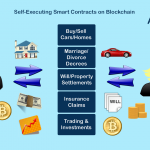
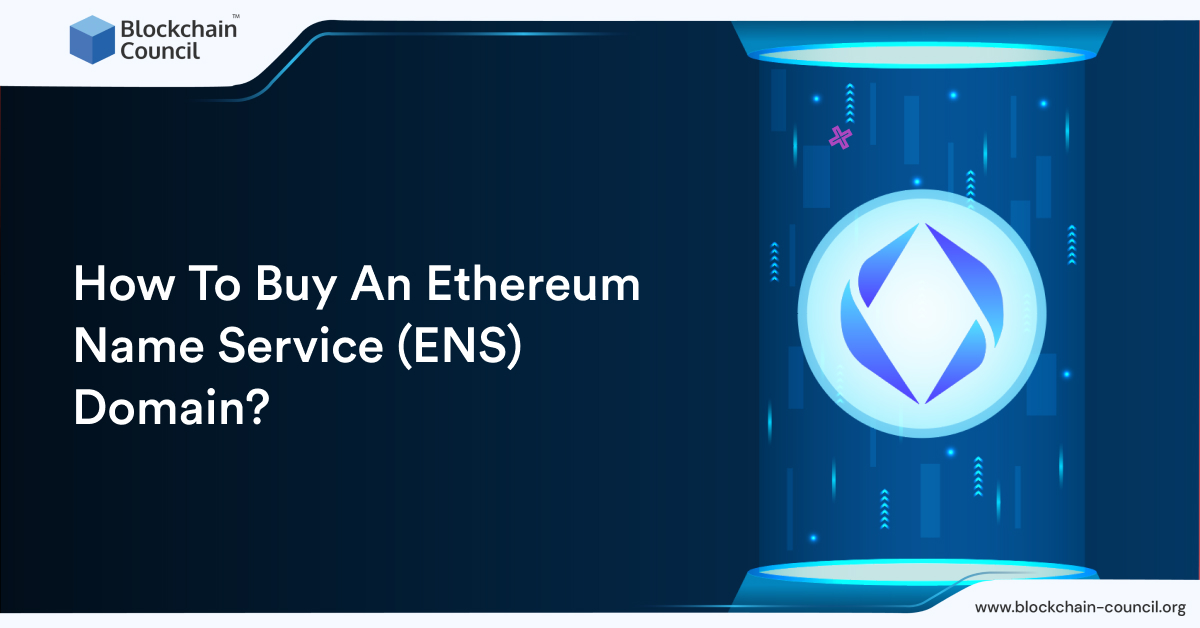
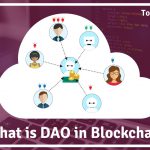
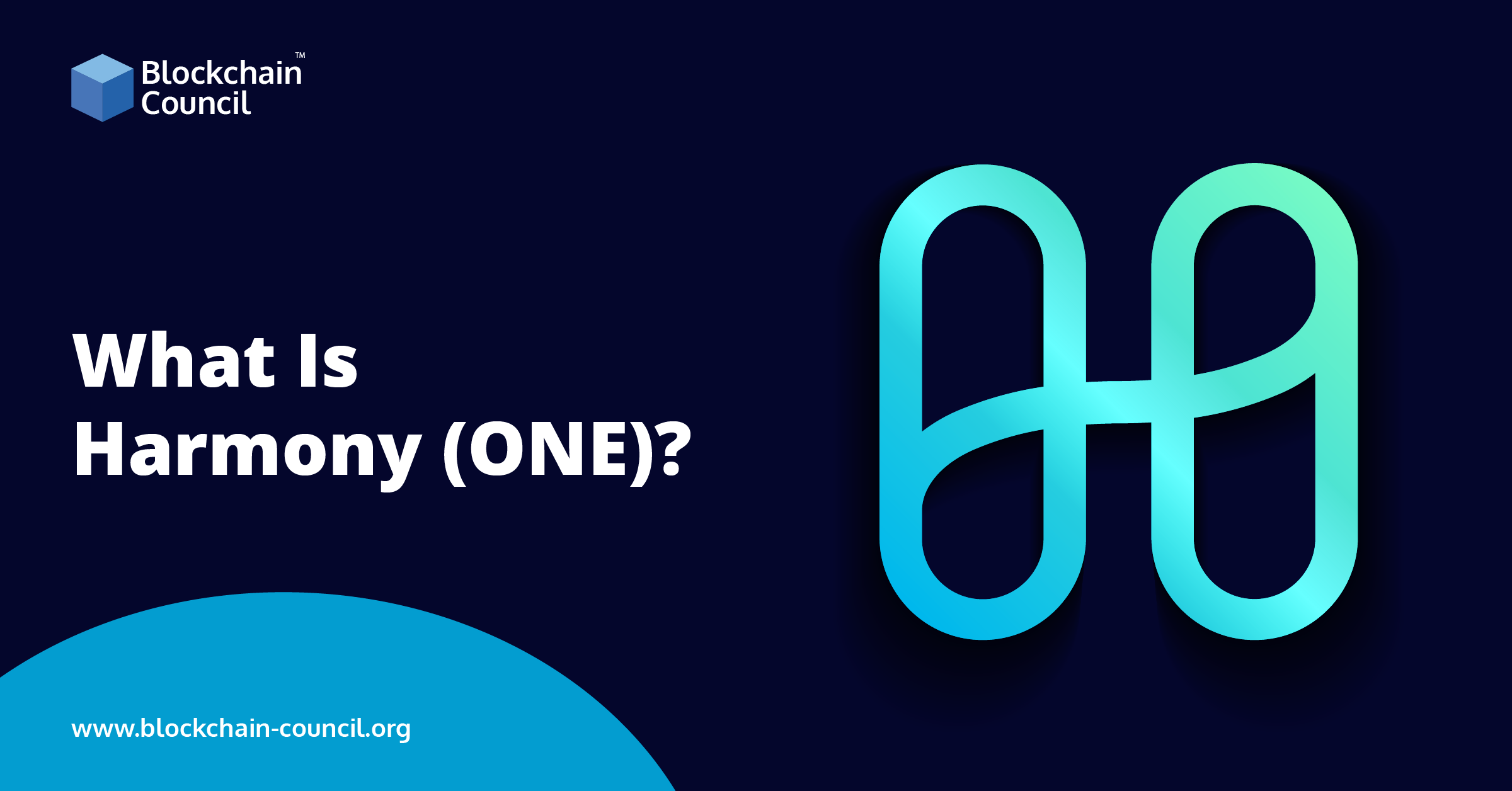
 Guides
Guides News
News Blockchain
Blockchain Cryptocurrency
& Digital Assets
Cryptocurrency
& Digital Assets Web3
Web3 Metaverse & NFTs
Metaverse & NFTs
